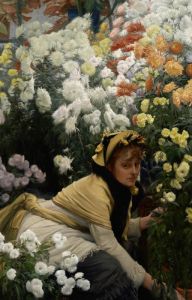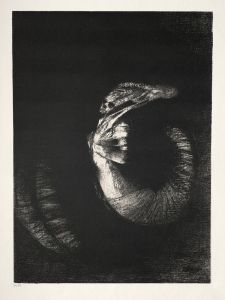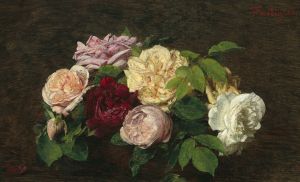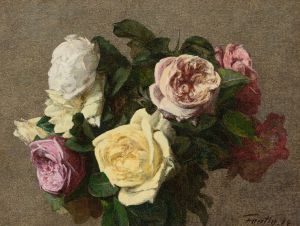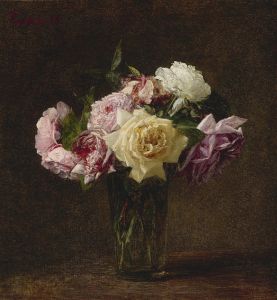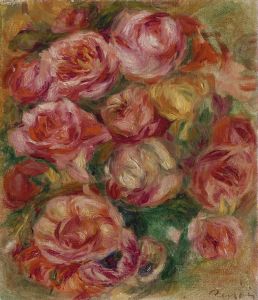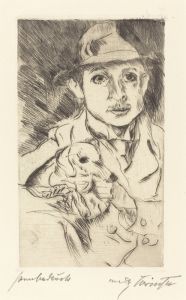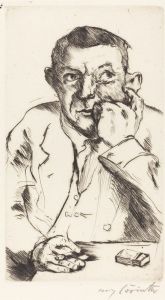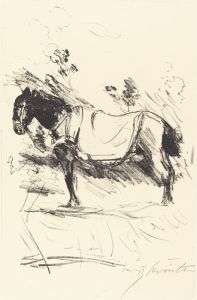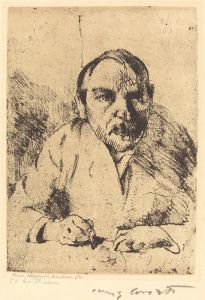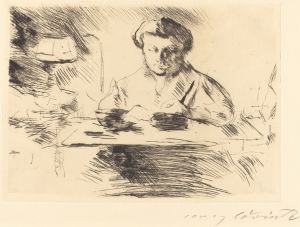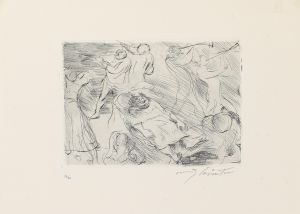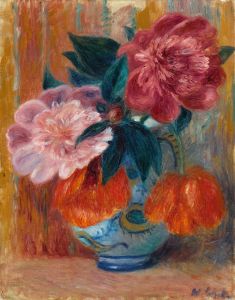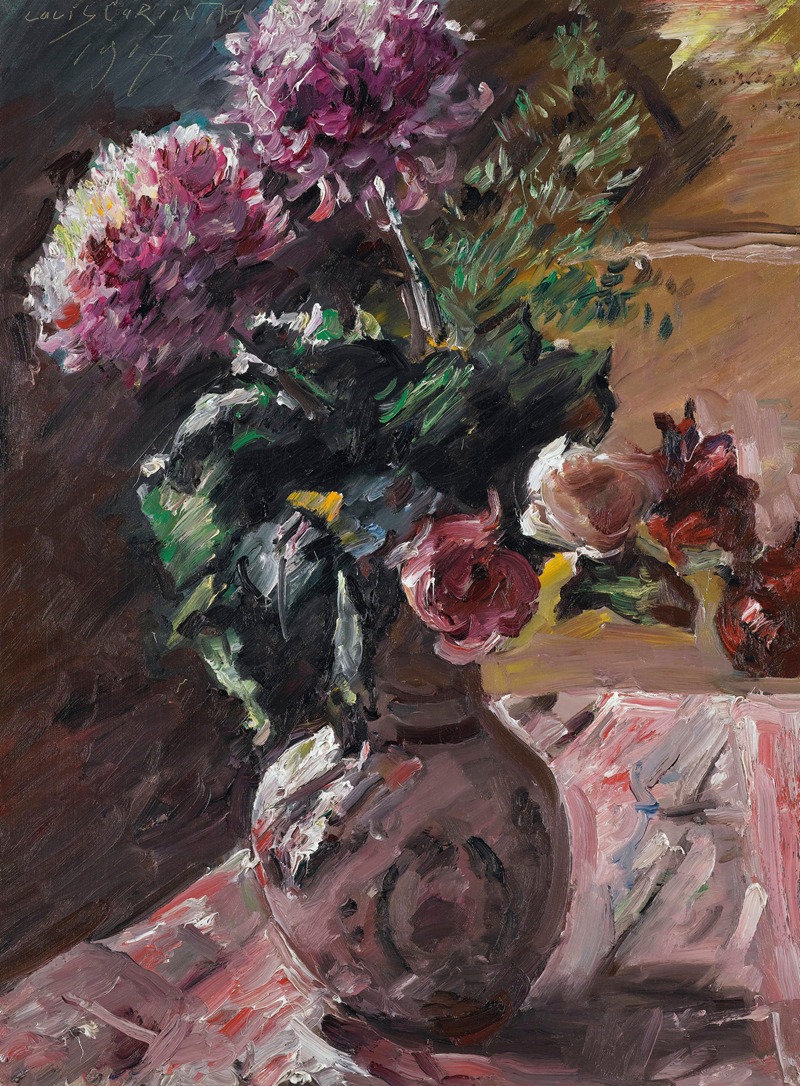
Chrysanthemen Und Rosen Im Krug
A hand-painted replica of Lovis Corinth’s masterpiece Chrysanthemen Und Rosen Im Krug, meticulously crafted by professional artists to capture the true essence of the original. Each piece is created with museum-quality canvas and rare mineral pigments, carefully painted by experienced artists with delicate brushstrokes and rich, layered colors to perfectly recreate the texture of the original artwork. Unlike machine-printed reproductions, this hand-painted version brings the painting to life, infused with the artist’s emotions and skill in every stroke. Whether for personal collection or home decoration, it instantly elevates the artistic atmosphere of any space.
Lovis Corinth was a prominent German painter and printmaker, known for his significant contributions to the development of modern art in Germany. Born on July 21, 1858, in Tapiau, East Prussia (now Gvardeysk, Russia), Corinth was a leading figure in the transition from Impressionism to Expressionism. His work is characterized by its vigorous brushwork, vibrant colors, and a keen interest in the human figure and still life compositions.
One of Corinth's notable works is "Chrysanthemen Und Rosen Im Krug" (Chrysanthemums and Roses in a Jug). This painting exemplifies his mastery in still life, a genre he frequently explored throughout his career. The artwork captures a bouquet of chrysanthemums and roses arranged in a jug, showcasing Corinth's ability to infuse life and dynamism into a seemingly static subject. The painting is celebrated for its rich color palette and the expressive, almost tactile quality of the brushstrokes, which bring a sense of immediacy and presence to the flowers.
Corinth's approach to still life was deeply influenced by his academic training and his exposure to various art movements. He studied at the Academy of Fine Arts in Munich and later in Paris, where he encountered the works of the Impressionists. This exposure is evident in his use of light and color, which imbues his still life compositions with a sense of atmosphere and depth. However, unlike the Impressionists, Corinth's brushwork is more robust and textured, reflecting his unique style that bridges Impressionism and Expressionism.
"Chrysanthemen Und Rosen Im Krug" is a testament to Corinth's skill in capturing the ephemeral beauty of nature. The flowers are depicted with a sense of vitality, their petals rendered with a fluidity that suggests movement and growth. The jug, a simple yet elegant vessel, anchors the composition, providing a contrast to the organic forms of the flowers. This interplay between the natural and the man-made is a recurring theme in Corinth's work, highlighting his interest in the relationship between humanity and nature.
Throughout his career, Corinth's work evolved significantly, particularly after a stroke in 1911 that left him partially paralyzed. This event marked a turning point in his artistic style, leading to a more expressive and emotive approach. Despite the physical challenges, Corinth continued to paint, and his later works are characterized by a heightened emotional intensity and a more abstracted form.
"Chrysanthemen Und Rosen Im Krug" reflects Corinth's enduring fascination with the beauty of the natural world and his ability to convey this through his art. The painting is a fine example of his mature style, where the boundaries between realism and abstraction begin to blur, allowing the viewer to experience the emotional resonance of the subject matter.
Lovis Corinth's contributions to art were significant, and his works continue to be studied and admired for their technical prowess and emotional depth. "Chrysanthemen Und Rosen Im Krug" remains a celebrated piece within his oeuvre, embodying the qualities that make Corinth a pivotal figure in the history of modern art.





